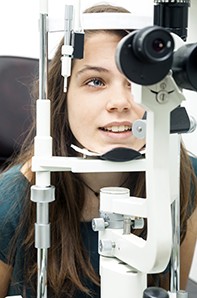Peer Reviewed
Perspectives
Reducing the future risk of diabetic retinopathy in young people with type 1 diabetes
Abstract
A decline in the incidence of retinopathy in adolescents with type 1 diabetes has occurred in recent decades in parallel with increased use of multiple daily injection therapy and insulin pumps but only a modest decline in HbA1c. Intervention trials that are currently underway may shed further light on strategies to reduce the future risk of retinopathy in young people with type 1 diabetes.
Key Points
- Diabetic retinopathy is the most serious ocular complication of type 1 diabetes.
- Risk factors for development of diabetic retinopathy include diabetes duration, elevated HbA1c, hypertension, nephropathy and dyslipidaemia.
- Assessment for retinopathy should be performed by an ophthalmologist or a trained experienced observer through the patient’s dilated pupils.
- Screening for retinopathy should be performed annually from the age of 10 years (or at onset of puberty if this is earlier), after five years of diabetes duration. Screening should be commenced after two years of diabetes duration in pubertal children.
Picture credit: © Maica/iStockphoto. Model used for illustrative purposes only.
Purchase the PDF version of this article
Already a subscriber? Login here.

